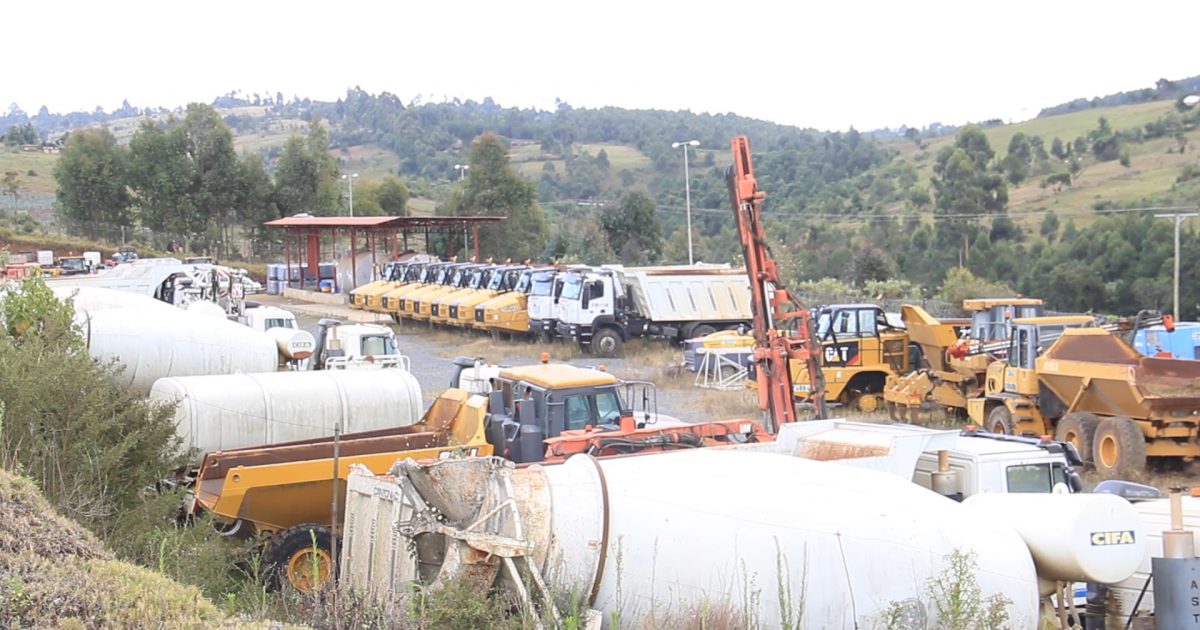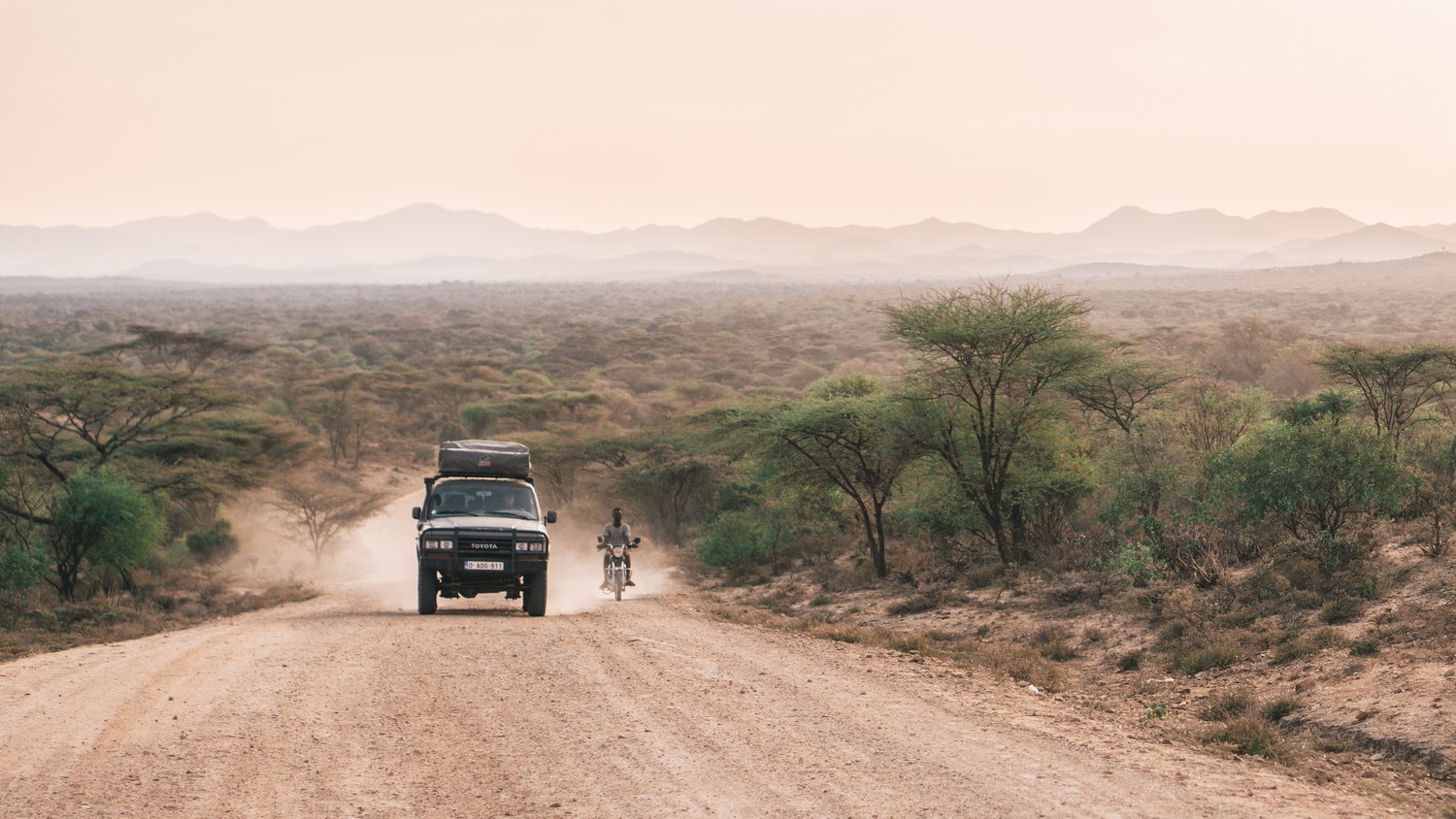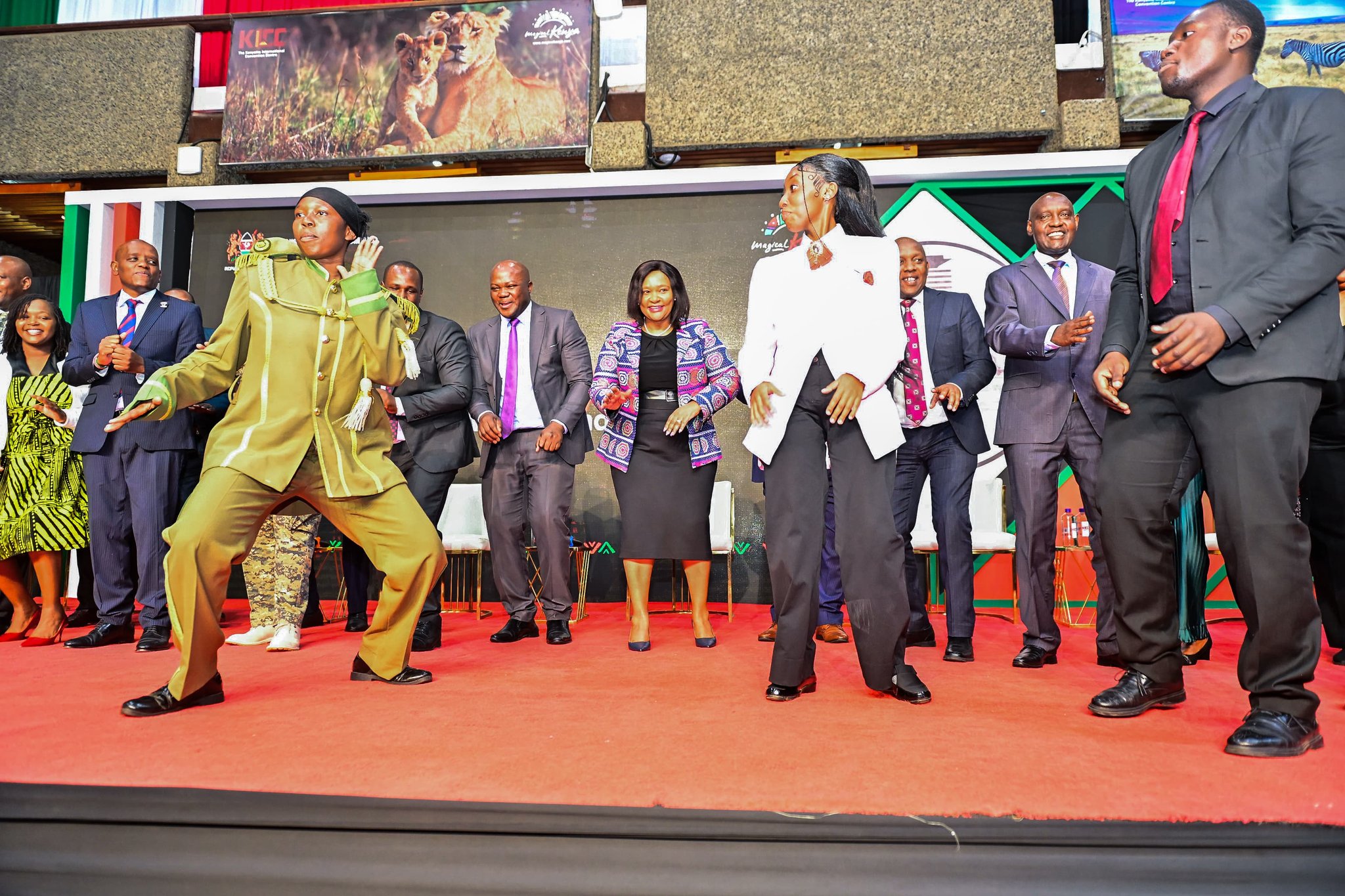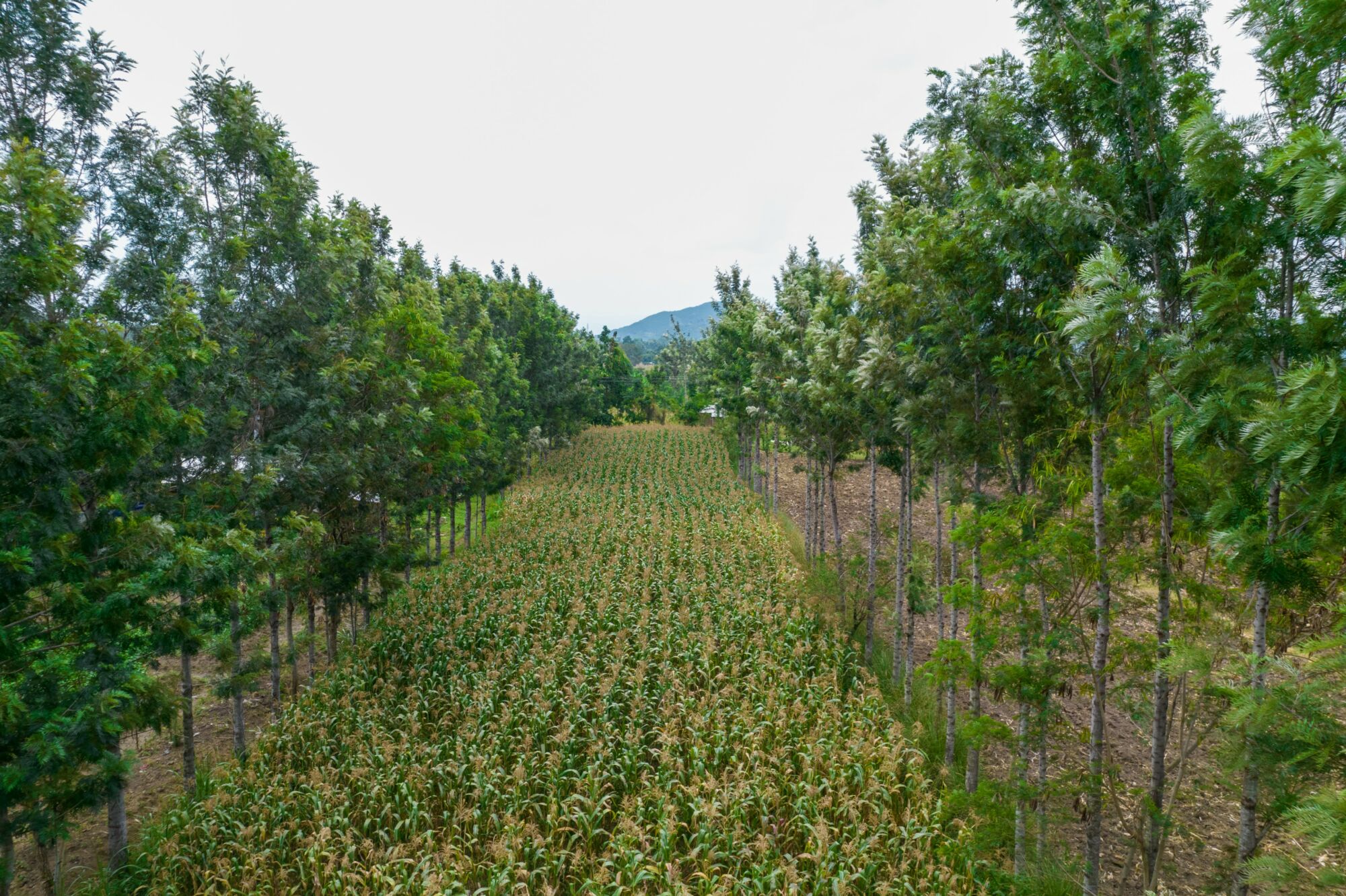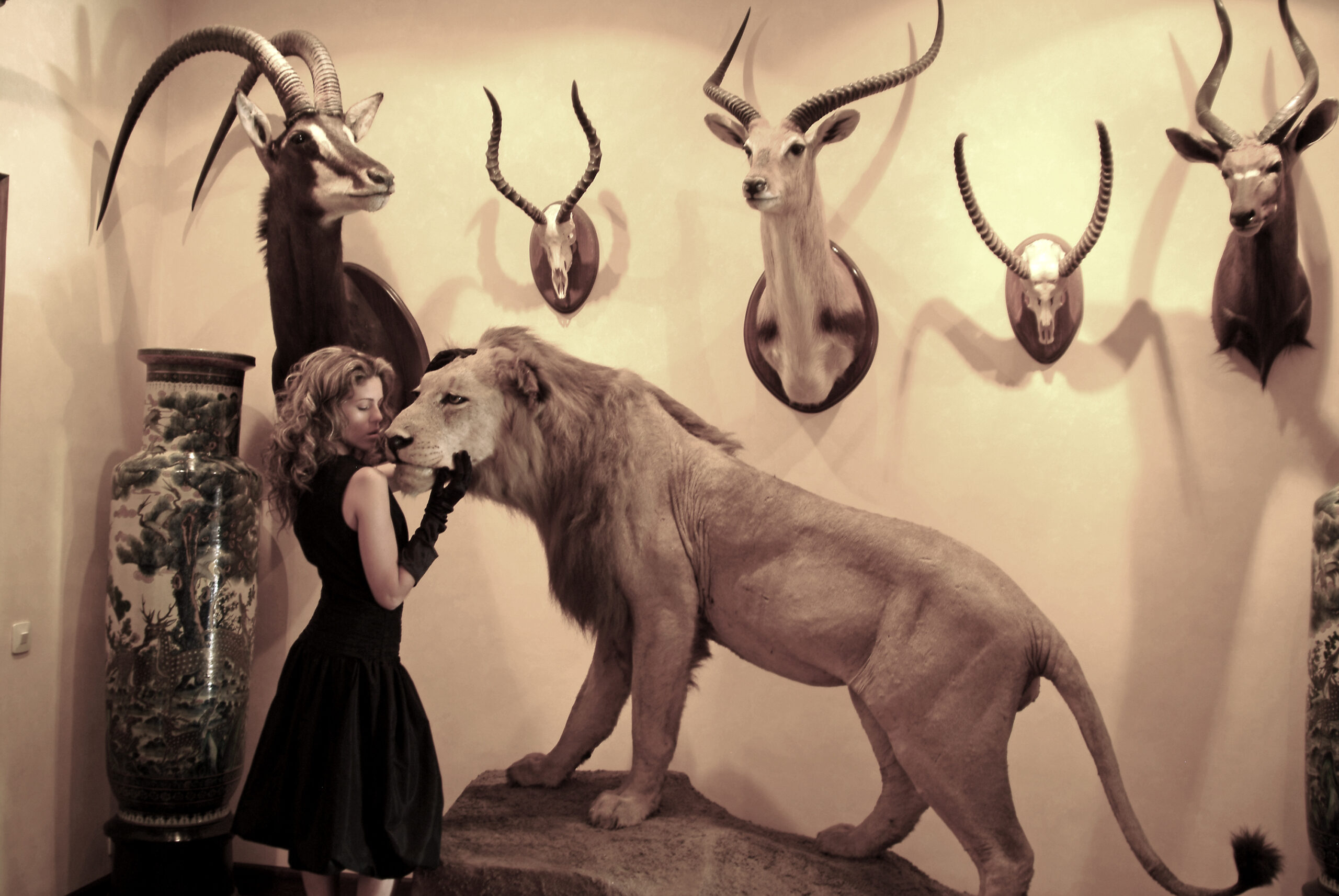- With the Western Mau Forest lying adjacent to the dam’s catchment, concerns have been raised in the past about potential ecosystem disruption. However, local environmentalists argue that with proper safeguards, the dam could become a catalyst for long-term conservation.
The Itare Dam project, once labeled a white elephant, is now being rebranded as a beacon of integrated development. As bulldozers roar to life, so too does the dream of a greener, better-watered Kuresoi.
The long-stalled multi-billion-shilling Itare Dam project is finally springing back to life. A wave of renewed hope and environmental optimism is sweeping across the communities of Kuresoi South and North.
For years, the concrete skeleton of Itare Dam stood as a symbol of grand ambition interrupted, an ambitious project meant to supply water to over 800,000 residents in Nakuru County, left abandoned due to contractual and financial woes.
But now, with fresh commitment from the national government and development partners, bulldozers are back, engineers are mobilized, and the dream is slowly turning into a reality.
As construction resumes, local conservationists and members of the Community Forest Association (CFA) are voicing their strong support, seeing this revival not just as an infrastructural milestone but as an opportunity to reclaim and restore the environmental integrity of the region.
Read More
“We’ve waited for this moment for years. It’s not just about water, it’s about life, jobs, and ecological restoration,” said Peris Chebet, a conservationist from Chepkoburot village who has long championed sustainable water catchment management.
“The completion of Itare Dam will completely reshape the landscape, not just physically but economically and environmentally,” he added.
With the Western Mau Forest lying adjacent to the dam’s catchment, concerns have been raised in the past about potential ecosystem disruption. However, local environmentalists argue that with proper safeguards, the dam could become a catalyst for long-term conservation.
Mercy Arusei, a member of the Ndoinet Ogiek CFA, has emphasized the group’s readiness to collaborate with the Ministry of Environment.
“We want to plant trees along the dam buffer zone and help manage runoff and siltation risks. Conservation cannot be an afterthought, it must go hand in hand with development,” she said.
CFA groups in Kuresoi are now calling for the establishment of a structured environmental partnership with the government and the contractor overseeing the dam.
Their proposed plan includes monthly tree-planting drives, community sensitization on forest protection, and the training of local youth as eco-guards to monitor the catchment area.
The revival of Itare Dam also presents fresh socioeconomic opportunities for thousands of residents. Besides providing clean water for domestic and agricultural use, the project is expected to create employment, stimulate agribusiness, and reduce conflict over water resources that has occasionally plagued parts of Kuresoi and Molo.
“Water is peace,” said Chebet. “When families have water, children go to school, farms flourish, and forests are spared from destruction.”
Environmentalists like Chebet and Arusei insist that the success of Itare Dam won’t just be measured by the volume of water it stores, but by how well it integrates into the life and ecology of Kuresoi.
“This dam must live in harmony with our forests, rivers, and people. If we get it right, it will be a national model,” Arusei concluded.
Moi Mona is a journalist based in Nakuru County, passionate about climate justice, community stories, and environmental conservation.

